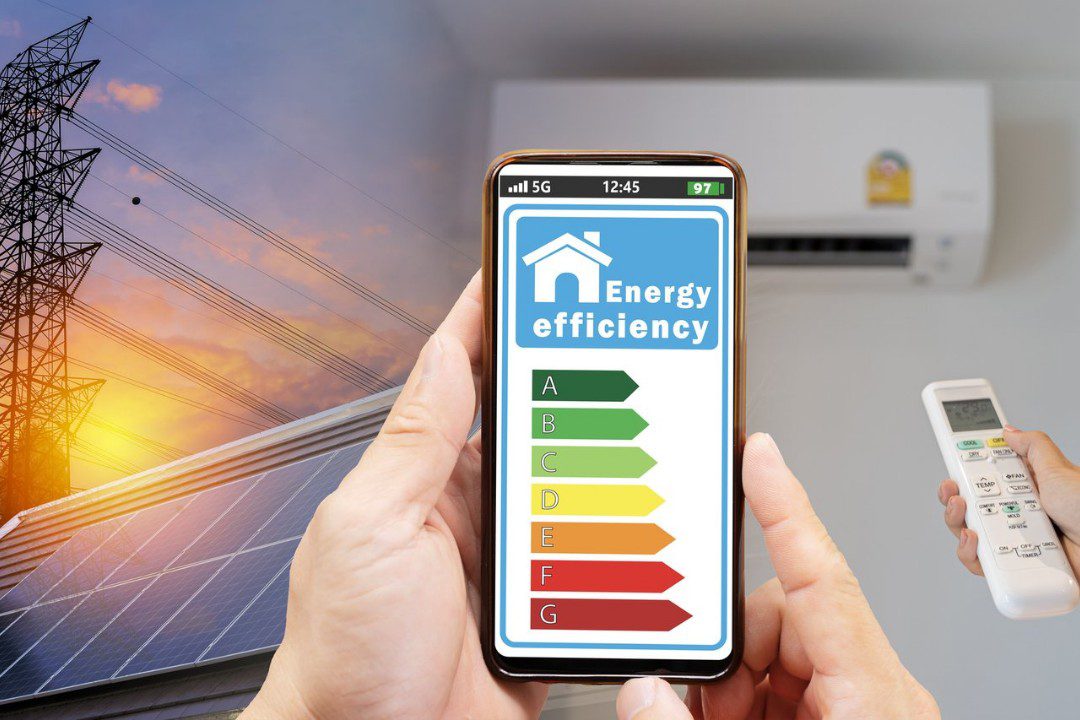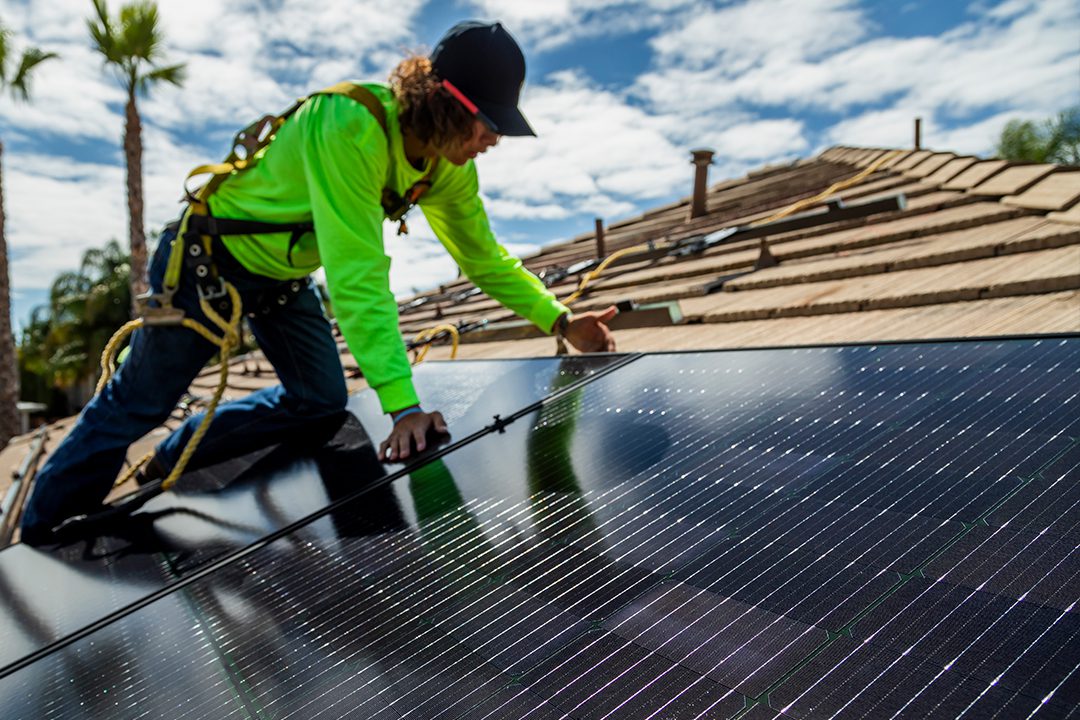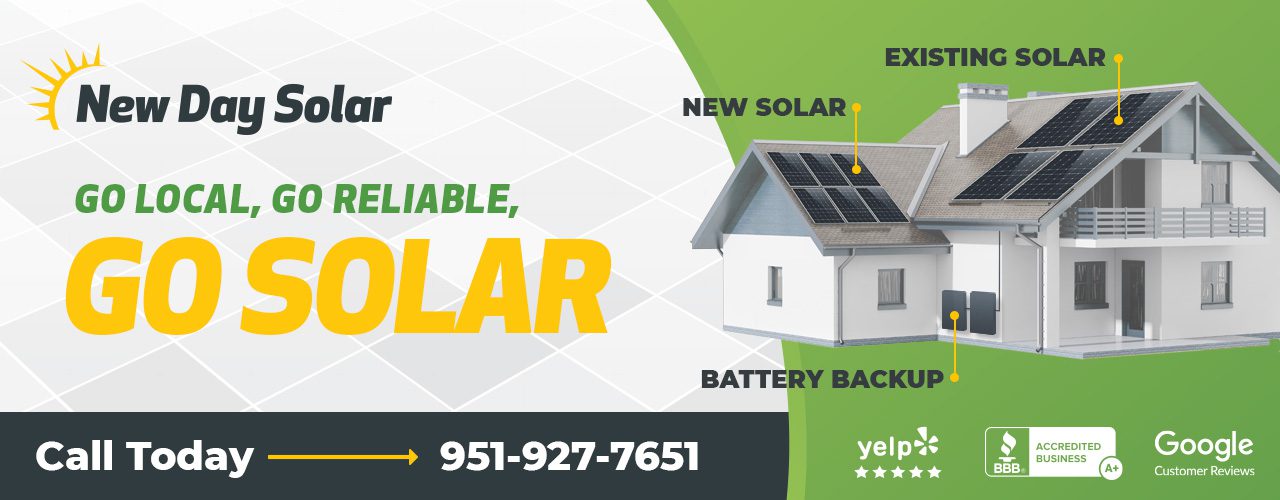San Diego Gas & Electric (SDG&E) Time of Use (TOU) Billing 2025

San Diego Gas & Electric (SDG&E) has implemented Time-of-Use (TOU) billing structures to encourage energy conservation and help align electricity consumption with the availability of renewable resources.
For homeowners with solar panel systems, understanding TOU rates can maximize savings and increase energy efficiency.
What is Time-of-Use (TOU) Billing?
TOU billing is a rate structure that charges different electricity prices based on the time of day energy is consumed. SDG&E’s TOU plans categorize the day into on-peak, off-peak, and super off-peak hours.
Electricity rates are highest during peak hours (typically in the evening when demand is greatest) and lowest during super off-peak hours (usually late at night and early morning).
By shifting electricity use to off-peak times, residential customers can lower their utility bills while helping reduce strain on the electric grid.
TOU billing also aligns with California’s push toward greater renewable energy usage, making it especially important for solar energy customers.

TOU and Solar: How It Works
For homeowners with solar panel systems, TOU billing impacts the value of excess solar electricity sent back to the grid. Under Net Energy Metering (NEM), solar customers receive bill credits for the excess electricity their system produces.
These credits are calculated based on TOU rates, meaning the value of exported solar power depends on the time it is generated.
Solar energy systems typically produce the most power during midday hours, which may fall into off-peak or super off-peak pricing.
However, if a solar customer is under a TOU plan that includes peak hours later in the afternoon, they can maximize savings by using stored solar energy or shifting usage away from peak pricing times.
SDG&E TOU Plans for 2025
SDG&E offers different TOU plans to accommodate various usage patterns. While plan specifics may change, common options include:
- TOU-DR1: The default TOU plan with peak rates from 4 PM to 9 PM.
- TOU-DR2: A plan with a higher peak rate but a shorter peak window from 4 PM to 8 PM.
- EV-TOU-5: Designed for electric vehicle owners, offering lower rates during super off-peak hours.
Solar customers should carefully select the TOU rate that best complements their energy production and usage habits to maximize savings.
How to Maximize Savings with TOU and Solar
To take full advantage of TOU billing, solar customers can employ the following strategies:
- Use Solar Energy During Peak Hours: Running appliances like dishwashers, washing machines, and HVAC systems during midday when solar panels are producing electricity can reduce reliance on expensive grid electricity.
- Invest in Battery Storage: A solar battery allows excess solar energy to be stored and used during peak hours when rates are highest, reducing electricity costs significantly.
- Monitor and Adjust Energy Usage: Smart home energy management systems can help track electricity consumption and automate energy-intensive tasks during off-peak hours.
- Consider Net Energy Metering (NEM) Impacts: Under NEM 3.0 and future iterations, exported solar energy is credited based on TOU rates. Homeowners can benefit by exporting solar power when rates are higher.
- Choose the Right TOU Plan: Comparing available TOU plans and selecting one that aligns with solar production and household energy habits can enhance savings.

Peak Hours and Solar Billing Considerations
Peak pricing hours under TOU rates present both challenges and opportunities for solar customers. While peak rates mean higher electricity costs for consumption, they can also mean higher bill credits for exported solar power.
Homeowners who generate excess solar electricity during high-rate periods may receive greater compensation under TOU billing.
To mitigate the cost impact of peak rates, solar customers can:
- Reduce grid electricity use during peak hours
- Shift energy-intensive activities to off-peak periods
- Use a home battery to store solar power for later use
The Future of TOU and Solar in California
As California continues its transition to a renewable energy-based grid, TOU billing structures may evolve.
Future policies could introduce changes to peak pricing periods, NEM credit structures, or incentive programs designed to encourage off-peak energy use.
Additionally, with growing battery storage adoption, more solar customers may opt for self-consumption rather than relying on NEM credits.
This shift could influence SDG&E rate structures and lead to new TOU options tailored to battery-backed solar systems.

Any Questions? Contact Us Today!
For solar customers in San Diego, understanding and optimizing TOU billing is essential for maximizing energy savings.
By choosing the right TOU rate, adjusting electricity use patterns, and considering battery storage, homeowners can significantly reduce their electricity costs while contributing to a more sustainable energy future.
If you are considering installing solar panels or looking to optimize your current system under TOU billing, feel free to contact us today with any questions or to get started with your residential solar system.
Filed Under:
have questions?
Schedule a consultation with Our Solar Experts
Find out more with an honest, no pressure consultation
with our team of solar experts.